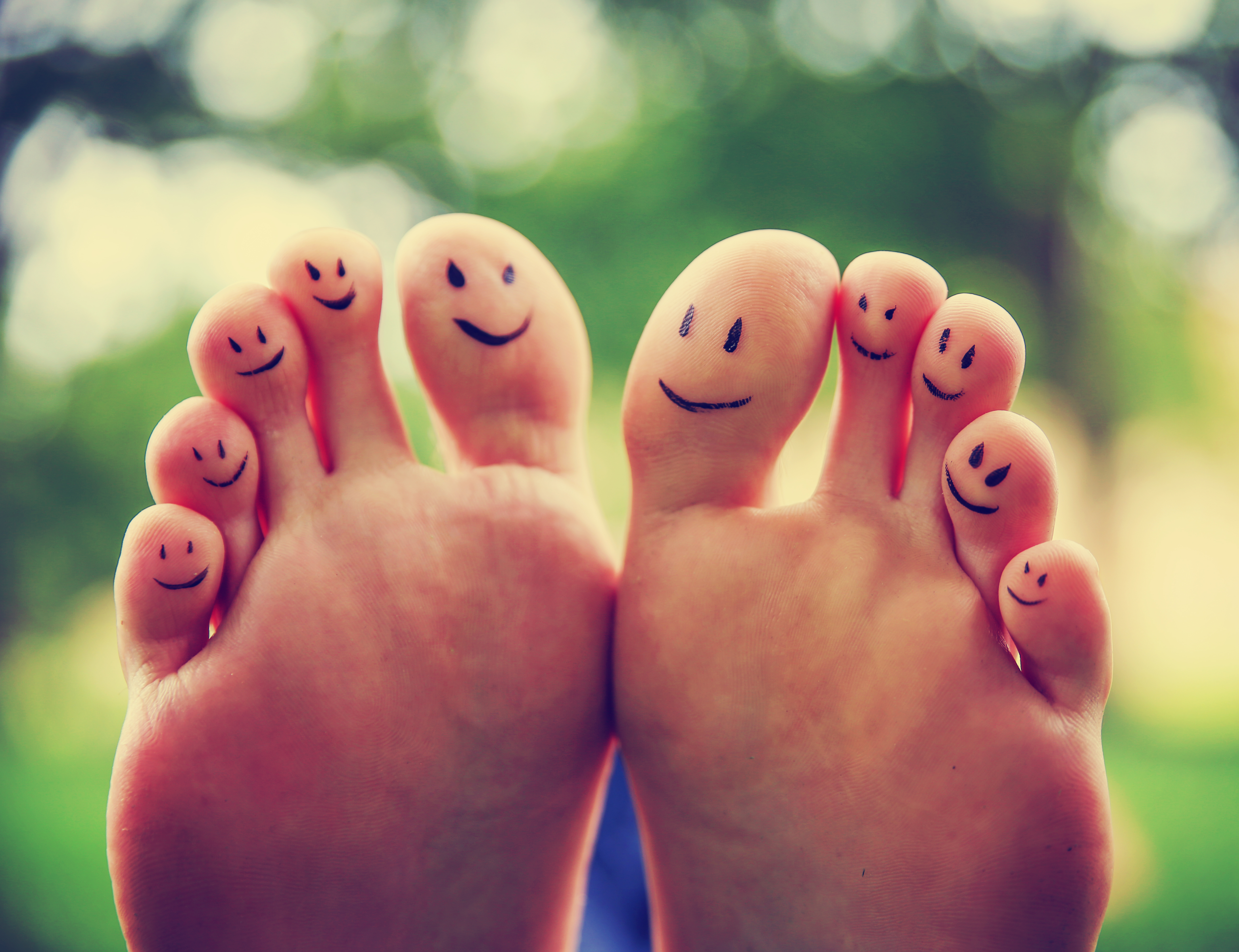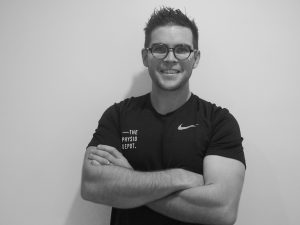Plantar fascia pain is often described as a dull pain over the inside of the heel bone where the plantar fascia attaches onto the medial aspect of the heel bone. As seen below the plantar fascia is a thick fibrous tissue underlying the foot that inserts onto the heel bone. Heel pain is one the most common conditions affecting the foot with up to 10% of the population are affected over their lifespan.
Signs & Symptoms: 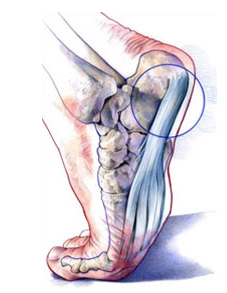
- Pain and tenderness over inside aspect of the heel bone.
- Pain upon first steps when waking up.
- Increased pain following periods of prolonged inactivity and sudden movement eg. Sitting for an 1 hour then walking.
- Pain increased with prolonged standing, walking and running.
Causes:
- Repetitive trauma – The plantar fascia tractions at the heel bone over time generating irritation at the enthesis where the tissue connects to the bone.
- Activity loads increasing to quickly whether it be standing, walking or running training.
- Foot and ankle weakness especially calf musculature and intrinsic foot muscles.
- Limited ankle range or muscular tightness.
- Age – People aged between 40-60 tend to get hit the hardest.
- BMI – Central adiposity (Tummy Fat!) has shown to be a risk factor for getting plantar fascia pain.
How to fix your Plantar Fascia Pain
- Rest does not get you better and exercise therapy is the primary focus to recover fully.
– Strengthening of the plantar fascia is crucial to improve the load tolerance of the tissue.
– Aim for isometrics 10 x 10 seconds of this exercise
– Build slowly to 3 x 12-15 reps then add load gradually onto your body weight.
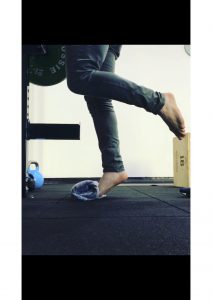
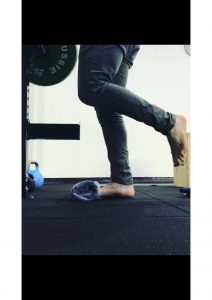
- Strengthening surrounding muscle of the whole kinetic chain.
- Passive treatments (massage, acupuncture) play a role in treatment in the symptomatic part of the condition, but will not FIX your condition.
- Avoid cortisone injections until all avenues are exhausted.
- Stretching of the plantar fascia and calf complex provides pain relief.
- Shockwave Therapy can be effective for pain reduction.
- Foot orthosis and footwear help to de-load the painful tissue as you commence your loading program.
- Activity modification and load management – Limiting long periods of running, standing or walking which will be guided by what you do and how much you do.
The main take home from this is to strengthen the tissues so they can withstand more load and this takes time for the body and tissues to adapt accordingly. Be patient and see a good health practitioner that can guide through your rehabilitation.
Written by Pat Lincoln
(Director and Physiotherapist at The Physio Depot)

